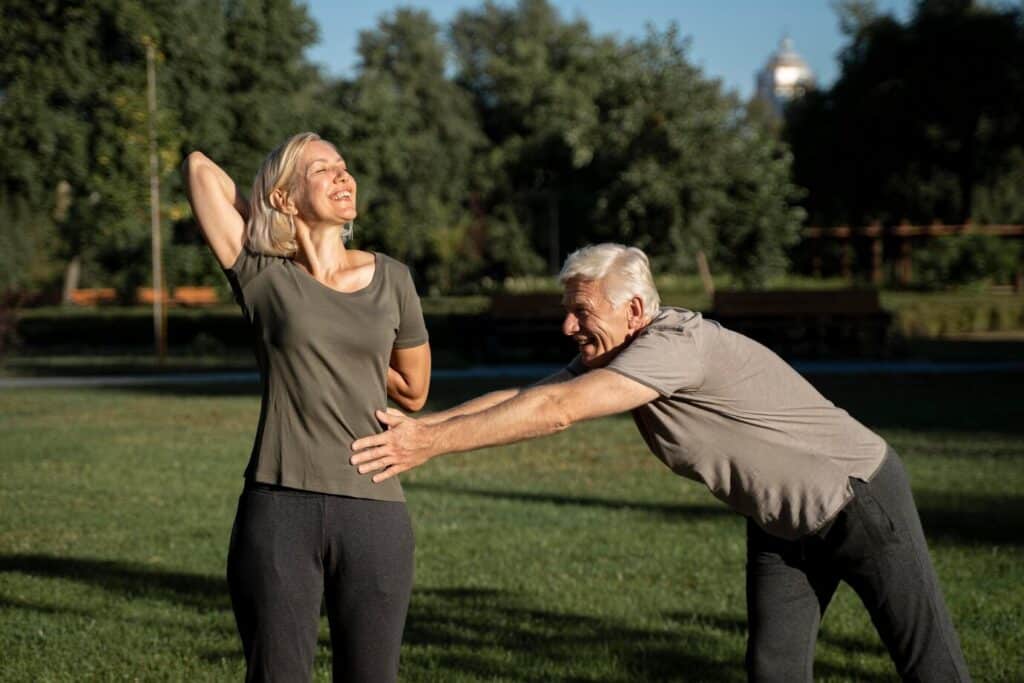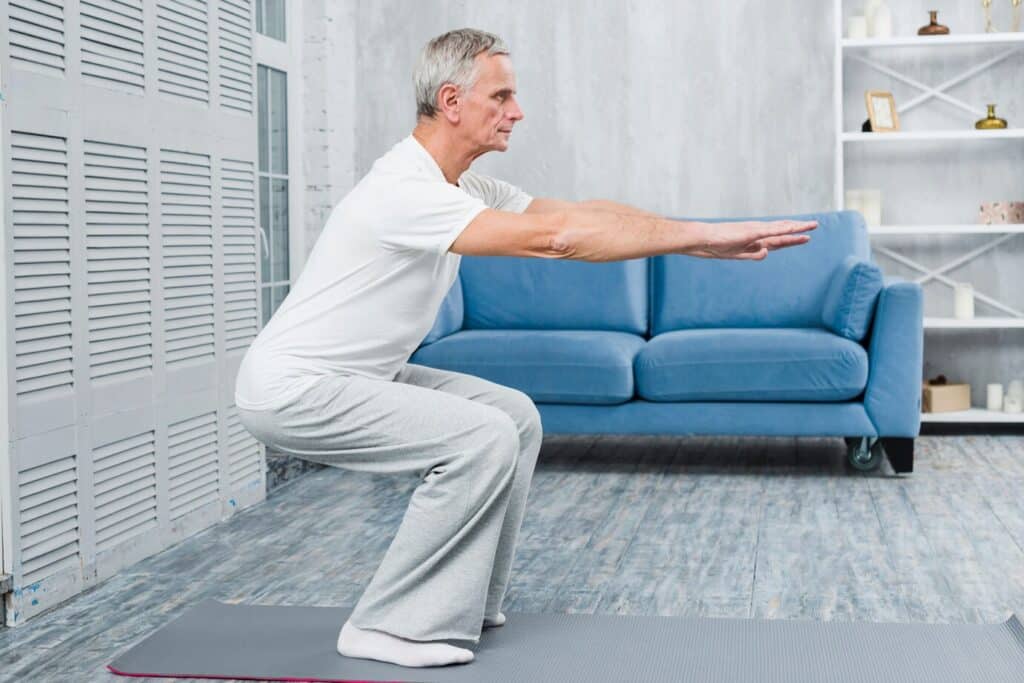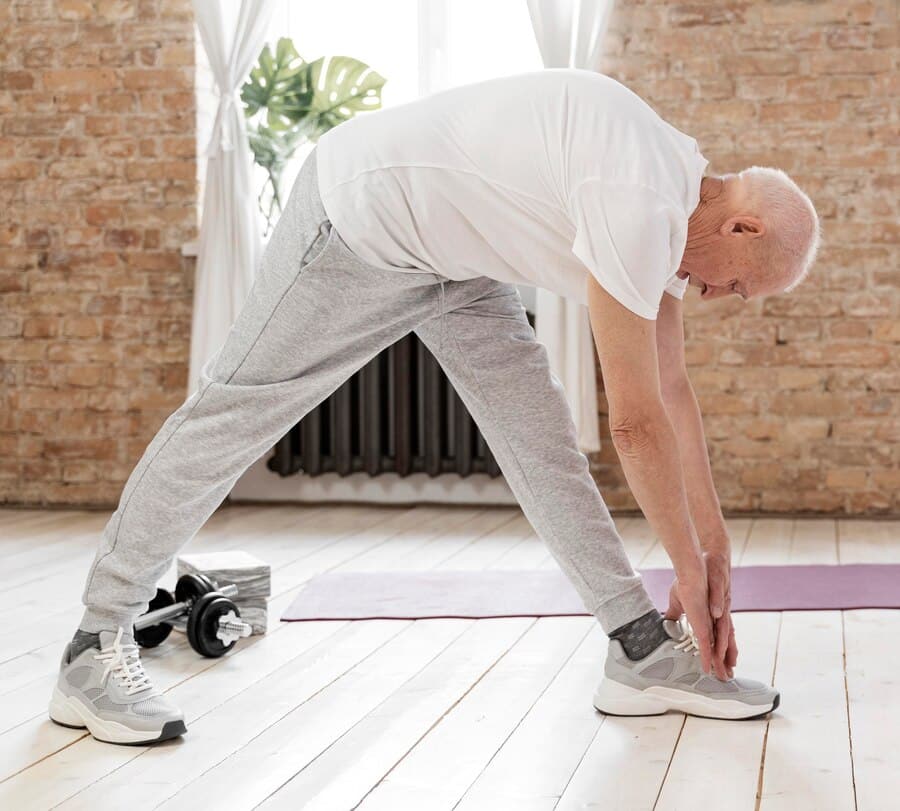Aging gracefully isn’t just about managing your health—it’s about actively improving it. One of the most effective ways seniors can protect their physical and mental well-being is through regular movement. Thirty minutes of exercise for seniors can significantly boost quality of life, increase independence, and improve mood, all without needing intense routines or expensive equipment.
At Westmont of Carmel Valley, residents are empowered to embrace wellness with easy, enjoyable exercises. Whether you’re just starting or returning to fitness later in life, the benefits of a short daily commitment are endless. In this guide, we’ll explore how incorporating 30 minutes of exercise for seniors at home, with or without equipment, can support better health outcomes for those over 60 and beyond.
For more information, visit our website at Westmont of Carmel Valley.
The Benefits of Daily Senior Exercise
Introducing just 30 minutes of exercise for seniors into your day can improve cardiovascular health, reduce inflammation, and even prevent cognitive decline. It’s a simple commitment with profound benefits. For seniors, especially those aged 60 and above, movement enhances strength, balance, and flexibility, decreasing the risk of falls and injuries.
Engaging in Exercise for Seniors Over 60 at Home can involve light aerobics, chair yoga, or guided stretching—all of which improve circulation and joint mobility. For those over 75, even walking or gentle resistance training can offer meaningful improvements in endurance and posture. Incorporating social engagement activities into workouts also provides mental stimulation and community connection, further enhancing emotional well-being.
Supporting Heart Health and Managing Illnesses
Heart disease, diabetes, and arthritis are common concerns for older adults, but a consistent fitness routine can help mitigate their effects. 30 minutes of exercise for seniors at home—even split into two 15-minute sessions—can reduce blood pressure, strengthen heart muscles, and support healthy weight management.
Individuals with diabetes benefit from movement, as it helps regulate blood sugar and improves insulin sensitivity. Additionally, for individuals experiencing joint stiffness or chronic inflammation, low-impact exercises such as tai chi or water aerobics can help alleviate pain without overexertion. Adding light strength workouts, like 30 minutes of exercise for seniors with weights, increases bone density and helps maintain muscle mass.
To learn more about how daily activity supports overall wellness, explore this guide on daily physical activity.
Brain Benefits: Cognitive Strength Through Movement
Just like your muscles, your brain needs regular exercise to stay in top shape. Consistent activity stimulates the release of brain-derived neurotrophic factor (BDNF), a protein that supports memory and learning. Even simple exercise for seniors over 75, such as walking or stretching, improves blood flow to the brain and enhance mood-regulating neurotransmitters.
Thirty minutes of exercise for seniors also helps slow the progression of age-related cognitive decline and may reduce the risk of dementia. Exercises that incorporate balance and coordination, such as dance or yoga, promote both mental agility and physical control. Activities that improve mobility, like those mentioned in this article on senior physical therapy, have dual cognitive and physical benefits.
Getting Started: Safe and Simple Exercise Routines
Getting into a routine doesn’t require gym memberships or intense training. Begin with what feels manageable. Try starting your day with 10 minutes of stretching, followed by a short walk around your neighborhood or down the hallway. Gradually work up to 30 minutes of exercise for seniors at home by combining sessions.
If you’re open to strength training, try using water bottles or resistance bands for a 30-minute exercise for seniors with weights. Focus on key muscle groups like legs, back, and arms. Always prioritize safety—use sturdy furniture for balance or choose seated exercises when needed. Senior fitness programs from the CDC offer great tips for safely increasing your activity level.
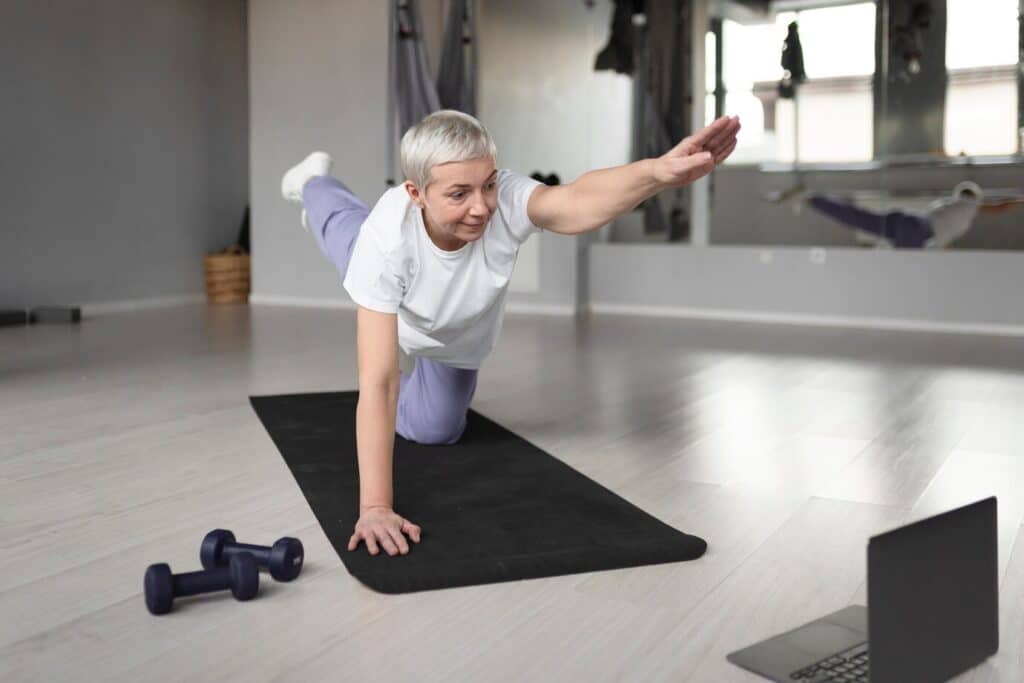
Staying Consistent: Building Healthy Habits
Success comes with consistency. Designate a specific time each day for your workout, and set reminders if needed. Creating a weekly schedule that includes rest days and varied exercises—such as yoga, cardio, and strength—keeps the routine exciting and balanced.
Joining others can help you stay motivated. Whether it’s a friend, family member, or neighbor, accountability boosts commitment. If you’re unsure how to begin, many communities offer beginner-friendly classes or virtual options that support exercise for seniors over 60 at home and beyond. For additional support, read about strength and balance workouts that cater specifically to aging adults.
Fun and Connection: The Joy of Social Exercise
Movement doesn’t have to feel like a chore—it can be fun! Choosing activities that bring joy increases the likelihood of long-term success. Join a walking group, participate in gardening, or dance to your favorite music. The more enjoyable your activity, the more likely you’ll make it a lifelong habit.
Incorporating group fitness or games adds a social element that boosts mood and reduces loneliness. Whether you’re enjoying a stroll with a neighbor or trying out exercise for seniors over 75 in a group tai chi class, staying connected matters. Consider joining community sessions or outdoor games for an added layer of fun and engagement.
Helpful Tools for Home Workouts
To maximize your 30-minute exercise for seniors at home, you can use simple tools like:
- A yoga mat for comfort during stretching.
- Light dumbbells or resistance bands for strength-building.
- A chair for support during balance exercises.
- Free apps or YouTube channels tailored to exercise for seniors over 60 at home.
External resources such as SilverSneakers and Go4Life by NIH also provide video tutorials, printable guides, and full workout routines suited to every ability level.
Stay Active, Stay Independent
Ultimately, 30 minutes of exercise for seniors is not just about physical health—it’s about maintaining independence, boosting confidence, and enhancing vitality. Whether you’re living in a senior community or enjoying your own home, staying active helps you do the things you love for longer.
Whether it’s walking the dog, gardening, or spending time with grandchildren, physical strength makes everyday tasks easier. The benefits aren’t just in the moment—they build upon each other to create long-term wellness, reduce hospital visits, and increase happiness.
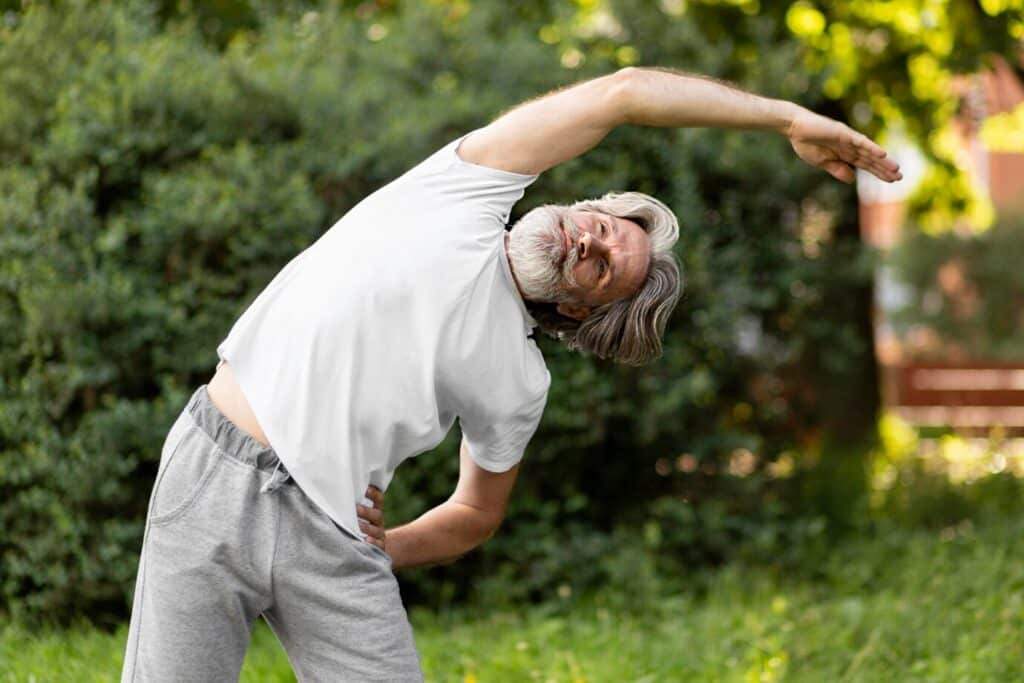
Your Health, Your Time to Shine
You have the power to transform your future one step at a time. Committing to just 30 minutes of exercise for seniors each day is a gift to your body, mind, and spirit. Whether it’s a walk through your neighborhood or a strength session in your living room, every move counts.
Let your journey to better health start today. Explore more resources, discover routines that excite you, and make your wellness a priority. For more information or to explore our community, call us at 858-465-7356 or schedule a tour with Westmont of Carmel Valley. A more active, vibrant life is waiting—are you ready to take the first step?
Dive into the vibrant life our Westmont communities have to offer.Find Where You Belong
Frequently Asked Questions
What is the number one exercise for seniors?
Walking is the number one exercise for seniors. It’s low-impact, easy on the joints, and helps improve cardiovascular health, balance, and mood. Walking also supports muscle tone and endurance, making it an ideal daily activity. Plus, it can be done almost anywhere without special equipment.
What is the most effective 30-minute workout?
A 30-minute workout that combines cardio, strength training, and flexibility is most effective for seniors. This can include a mix of brisk walking, light resistance exercises (like resistance bands or bodyweight squats), and stretching. This balanced routine boosts heart health, maintains muscle mass, and enhances mobility. It also helps prevent falls and supports overall independence.
What is the best free exercise app for seniors?
One of the best free exercise apps for seniors is SilverSneakers GO. It offers guided workouts tailored for older adults, including strength, flexibility, and balance routines. The app is easy to use and allows users to modify exercises based on their fitness level. It’s available on both iOS and Android for free, even without a SilverSneakers membership.
What is the AARP #1 exercise for seniors?
AARP recommends walking as the #1 exercise for seniors due to its many health benefits and accessibility. Walking supports heart health, weight management, and joint flexibility. It’s also a great way to stay socially and mentally engaged if done with a partner or group. AARP also encourages adding light strength and balance exercises for a well-rounded routine.



